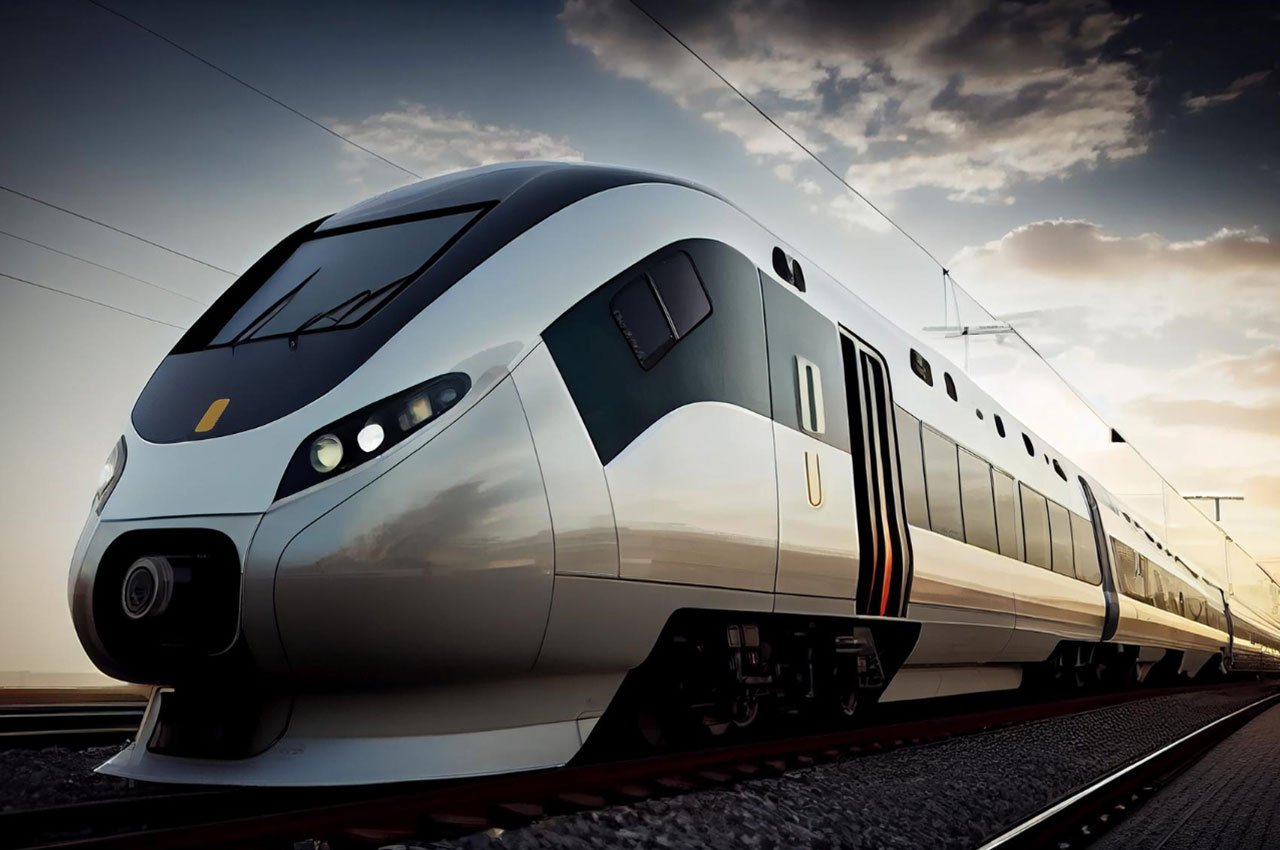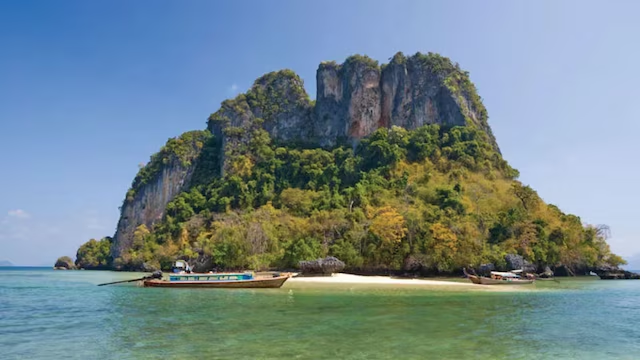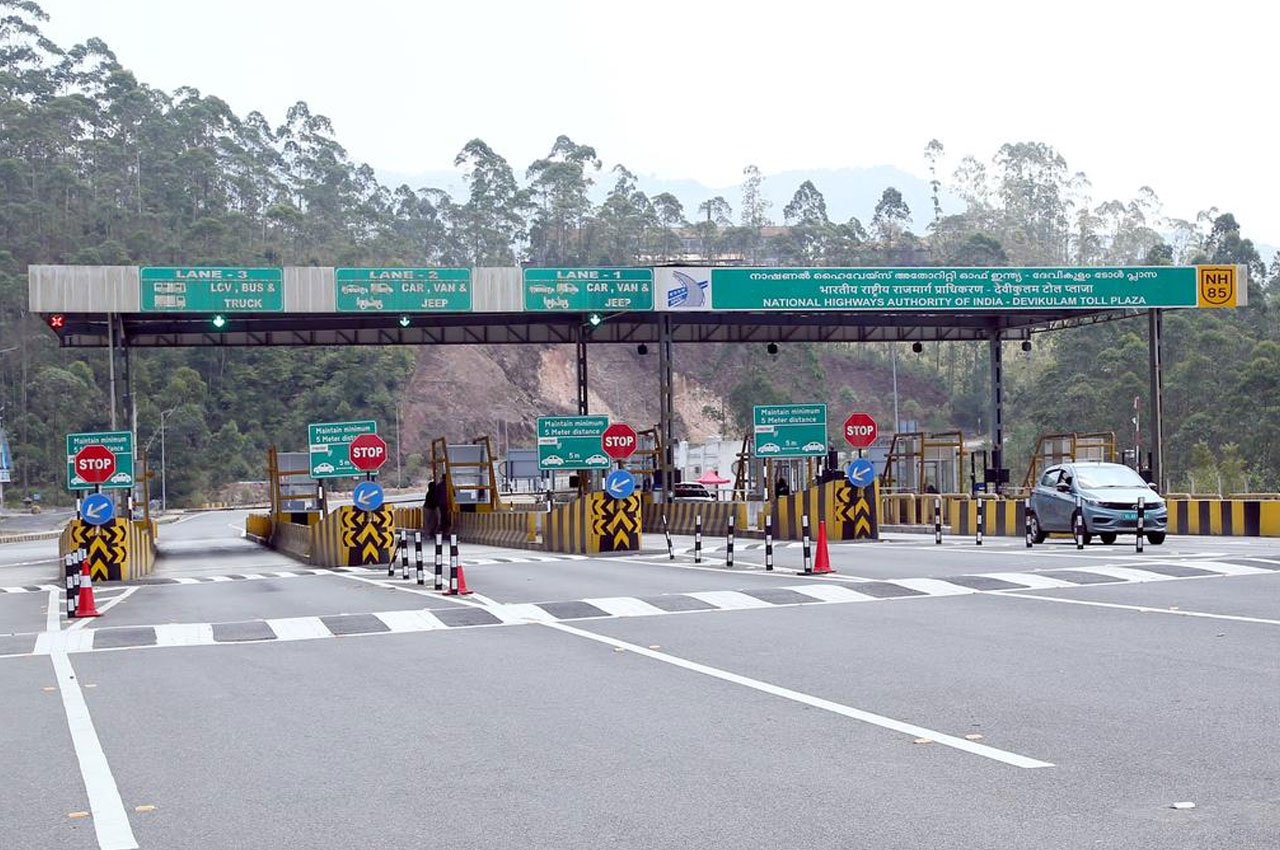India’s first bullet train project connecting Mumbai and Ahmedabad is picking up speed, with the introduction of Japan’s advanced E10 Shinkansen trains expected by 2030. Trial runs will begin earlier using E5 and E3 series trains as the National High-Speed Rail Corporation Ltd (NHSRCL) pushes to meet its phased rollout targets, reported The Times of India.
Major Infrastructure Milestones Achieved
A major engineering feat has been accomplished with the breakthrough in the 21-kilometre tunnel between Mumbai’s Bandra-Kurla Complex (BKC) and Shilphata in Thane. This tunnel includes India’s first undersea tunnel beneath Thane Creek. Excavation work has been progressing from both ends using tunnel-boring machines and the New Austrian Tunnelling Method (NATM). So far, 1.6 km has been excavated from the Shilphata end.
Along the 508 km route, approximately 310 km of elevated viaduct has been completed. The Daman Ganga River bridge in Valsad is finished, and 16 out of 21 bridges along the alignment are now structurally complete. Construction of overhead electric lines, station platforms, and signalling systems is also advancing, particularly in Gujarat, where progress is ahead of Maharashtra.
Rolling Stock Strategy: E5 for Trials, E10 for Full Launch
To conduct trial runs, Japan is supplying India with two inspection Shinkansen trainsets—the E5 and E3 series—by early 2026. These trains will undergo testing on Indian tracks to assess performance in local conditions such as high temperatures and dust levels.
After successful trials, India plans to roll out the next-generation E10 Shinkansen trains for commercial operations. The E10 series, currently under development in Japan, is expected to have a top speed of 400 km/h and will feature cutting-edge safety and aerodynamic systems. These include L-shaped earthquake shock absorbers and shortened braking distances.
Technological Advancements and Safety
The E10 trains, influenced by the ALFA-X prototype, are designed for ultra-high speed with next-level comfort and security. These will operate as 10-car formations and are being prepared for a simultaneous debut in India and Japan by 2030.
In parallel, Siemens has secured a ₹4,100 crore contract to install ETCS Level 2 signalling—a modern communication-based train control system that enhances safety, train detection, and response mechanisms at high speeds.
India-Japan Partnership Strengthens
The Mumbai–Ahmedabad high-speed corridor is a key symbol of Indo-Japanese collaboration. Japan has extended a soft loan through the Japan International Cooperation Agency (JICA), covering roughly 80 percent of the total project cost. Japanese engineers and consultants have also been instrumental in knowledge transfer and design finalisation.
Timeline: What to Expect
By early 2026, India will receive the E5 and E3 series Shinkansen trains to begin trial operations, particularly on the completed sections in Gujarat. NHSRCL plans to launch a partial segment—likely between Surat and Bilimora—by late 2027. Full operations across the corridor, including E10 trains, are expected to commence by 2030.
Why This Project Matters
The Mumbai–Ahmedabad bullet train promises to cut travel time to under three hours, transforming intercity travel and setting the foundation for future high-speed rail corridors across India. The use of world-class Japanese technology, combined with Indian infrastructure expertise, showcases a new era of mobility.
With 300+ km of viaduct already laid, undersea tunnelling breakthroughs, and high-tech rolling stock on the horizon, India’s bullet train dream is no longer distant—it’s racing ahead.
Photo for Representation.
For more India stories click here
Follow us for latest updates:




